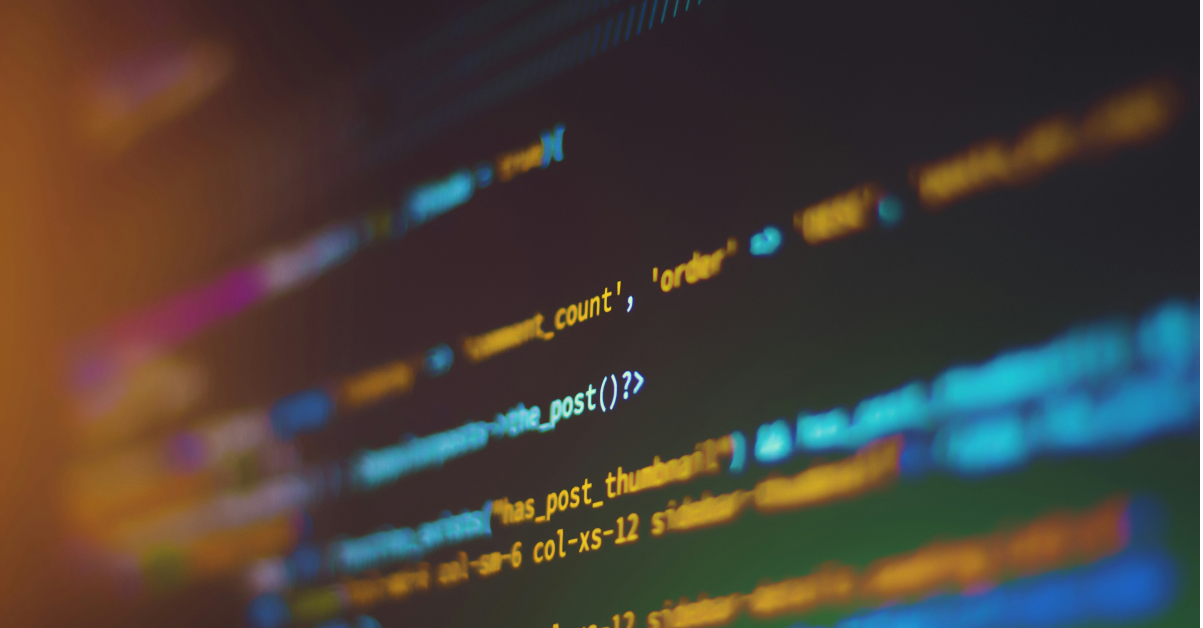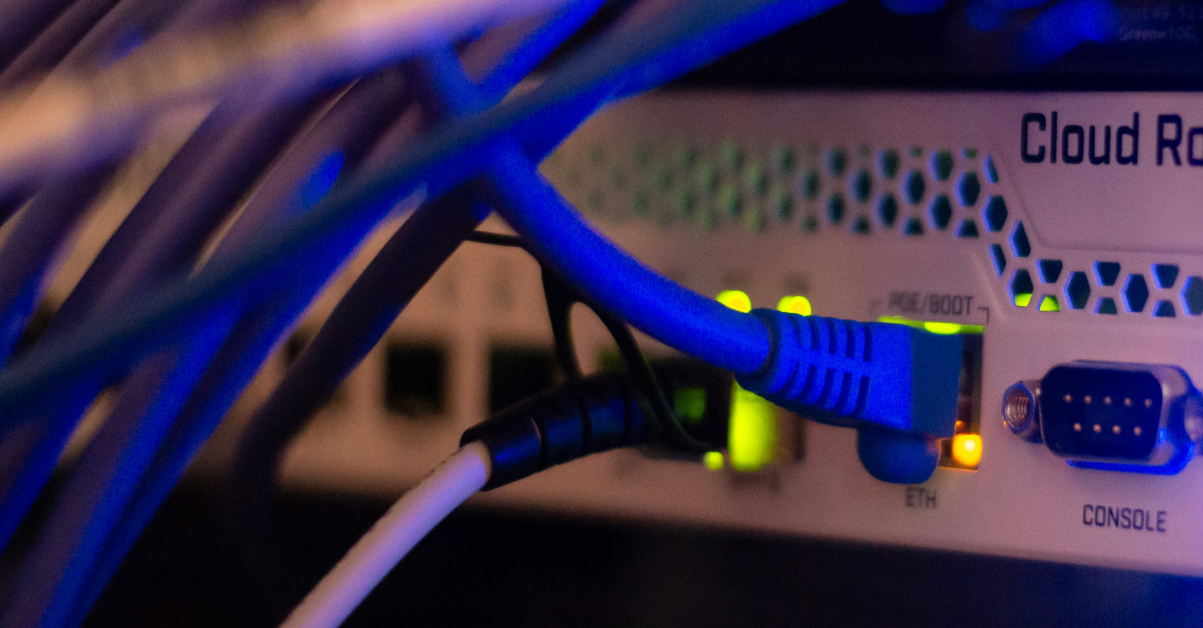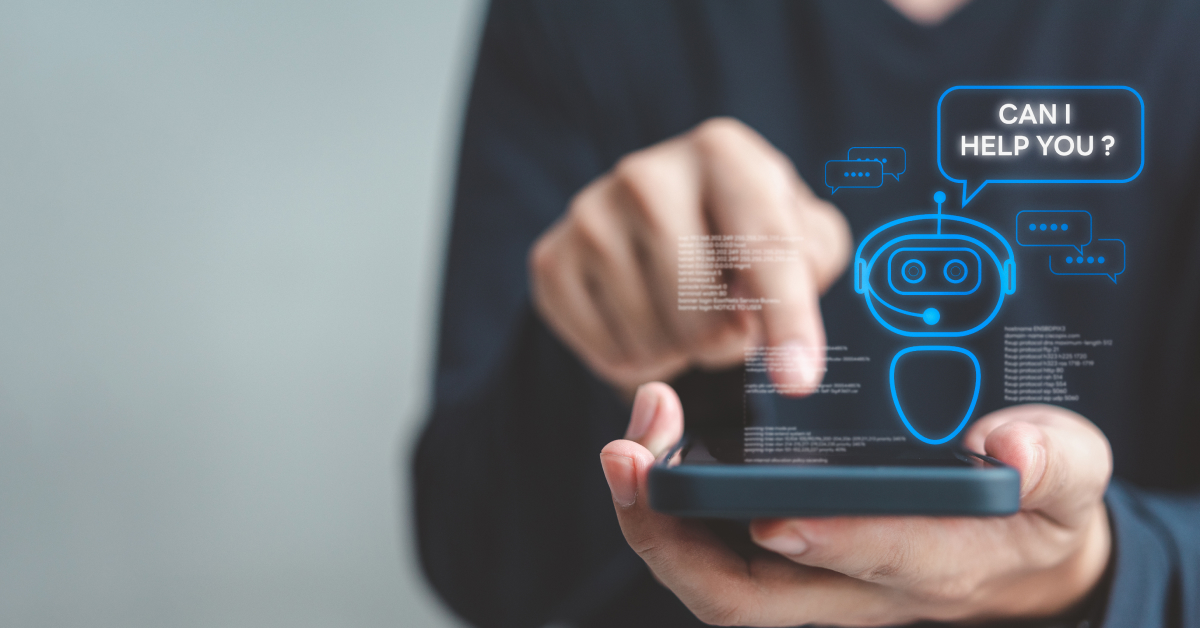While it is easy for all of us to recognize the faces of family members, friends or public figures, millions of years of species evolution are behind the development of this ability. The few decades it took to develop computerized facial recognition therefore seem to be less than the blink of an eye. However, this achievement is no longer surprising once we understand that technology developers have adapted the same mechanism as nature has been successfully using for hundreds of thousands of years.
A human identifies previously memorized faces based on specific traits: features, placement of eyes, mouth, nose and the relationship between their distances. The algorithm works on the same principle, except that the programs used for this purpose are mostly based on 2D data. Most available cameras take pictures without depth, and the publicly available portraits that can be posted in databases are two-dimensional. There are many technologies that enable face recognition, but the basic steps to achieve this goal are similar in all of them. They consist of the following steps:
1. Transfer of an image segment containing the analysed face acquired from a single film frame or photo.
2. Reading of face geometry - the key factors are the distance between eyes and the distance from forehead to chin.
3. Creating a set of parameters based on face geometry and comparing it with the database. This set is unique for each face, which makes it possible to recognize the user in the database.
4. Decision-making - information about whether the face has been identified in the database or not.
The advantage of computers over nature is that such capability can be used on a much larger scale. Real-time face recognition, thanks to the current speed of computers, has become a key tool in many processes. This solution introduces a new quality in such issues as detection of potentially dangerous behaviour or access authentication. According to a report by the Electronic Frontier Foundation, U.S. law enforcement agencies routinely collect photos of arrestees and cross-reference them with local, state and federal databases, and facial recognition systems improve identification of individuals from CCTV, social media or officer photographs. Such systems in the hands of police also work well at mass events - concerts or sports events - to locate individuals who may pose a threat.
Access verification based on facial recognition, on the other hand, is applicable even in everyday situations. For example British Airways uses it as an alternative to showing a passport and boarding pass. This simplifies and significantly speeds up check-in. Another application worth mentioning is FaceID used in Apple smartphones - face identification with a built-in camera allows not only to unlock the phone, but also to log into the applications of banks.
As you can see, facial recognition technology can be used in many different ways. No wonder it quickly became attractive also for entrepreneurs who want to automate their businesses. More and more of Numlabs' implementations involve the preparation of practical tools based on a combination of artificial intelligence and the achievement described above. Automatic identification or determining emotions based on vision are just general examples. It is worth taking a slightly closer look at other possible applications:
Assessing customer satisfaction
In direct sales, the ability to quickly determine customer satisfaction gives you a gigantic advantage. Satisfaction assessment is a process that is most often based on the content of online comments or reviews of products on sale. Thanks to facial recognition technology, it is possible to check, even in the store, what emotions accompany customers, for example, during a conversation with a salesperson. This is immediate feedback on whether the offer and the store meet expectations. Based on such data, it is possible to determine at what point the customer may have lost interest in the product being sold and may not consider it for future orders.

Age and gender detection
Another application is the personalization of the offer in terms of age and gender. By detecting these parameters, we are able to select a set of products tailored to the target group. In addition to assessing the relevance of the offer, the benefit comes from arousing a sense of uniqueness in the customer.
Driver fatigue test
In the logistics industry, the worst-case scenario for a truck driver is to have an accident due to fatigue or distraction. The safety of employees and passengers on the road is an area that greatly benefits from the support of this technology. A system that continuously monitors the fatigue level of the driver, based on a set of characteristic facial movements of fatigued people, will be able to warn with a sound signal and suggest a rest at the nearest place.

Access verification
Access to sensitive data is an area that can be supported by a facial recognition security system. Entry to rooms that require authorization is often done with key cards. This has its drawbacks, however, as it only checks the person at the entrance. There is a risk of breaking the security, which would give unauthorized people full access to sensitive information. A system that monitors movement and verifies the identity of the people in the room would extend the capabilities of the security measures already in use.

The examples described above are only some possible applications of face recognition. However, they are undoubtedly sufficient proof of the flexibility of the technology. So not only the area of data security, marketing and sales! It is worth choosing the right tools for identification of images and emotions. The Numlabs team can help you with this. Our experts can point out solutions that meet specific business needs. We consider each inquiry individually in order to provide the highest quality of service.




